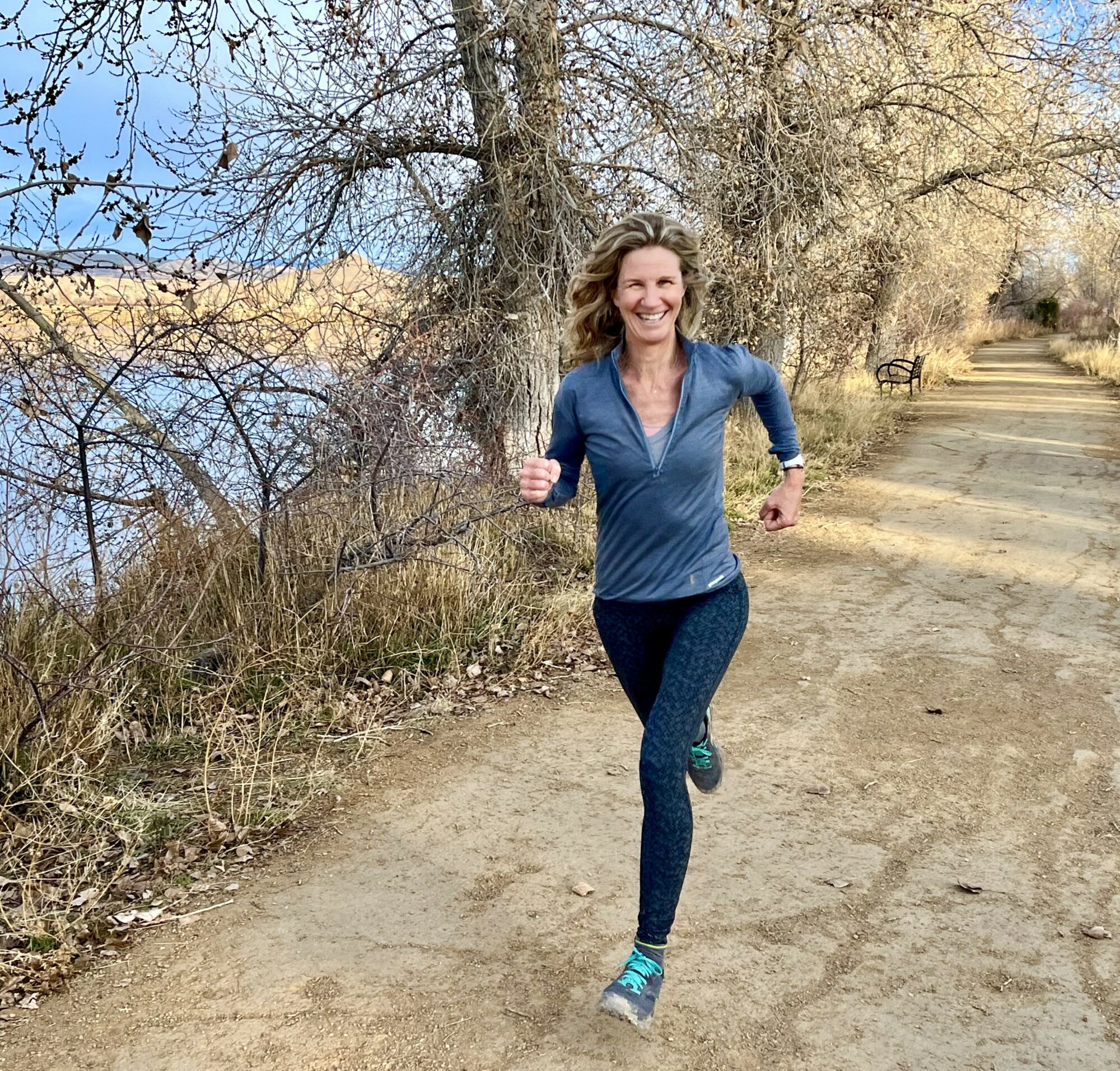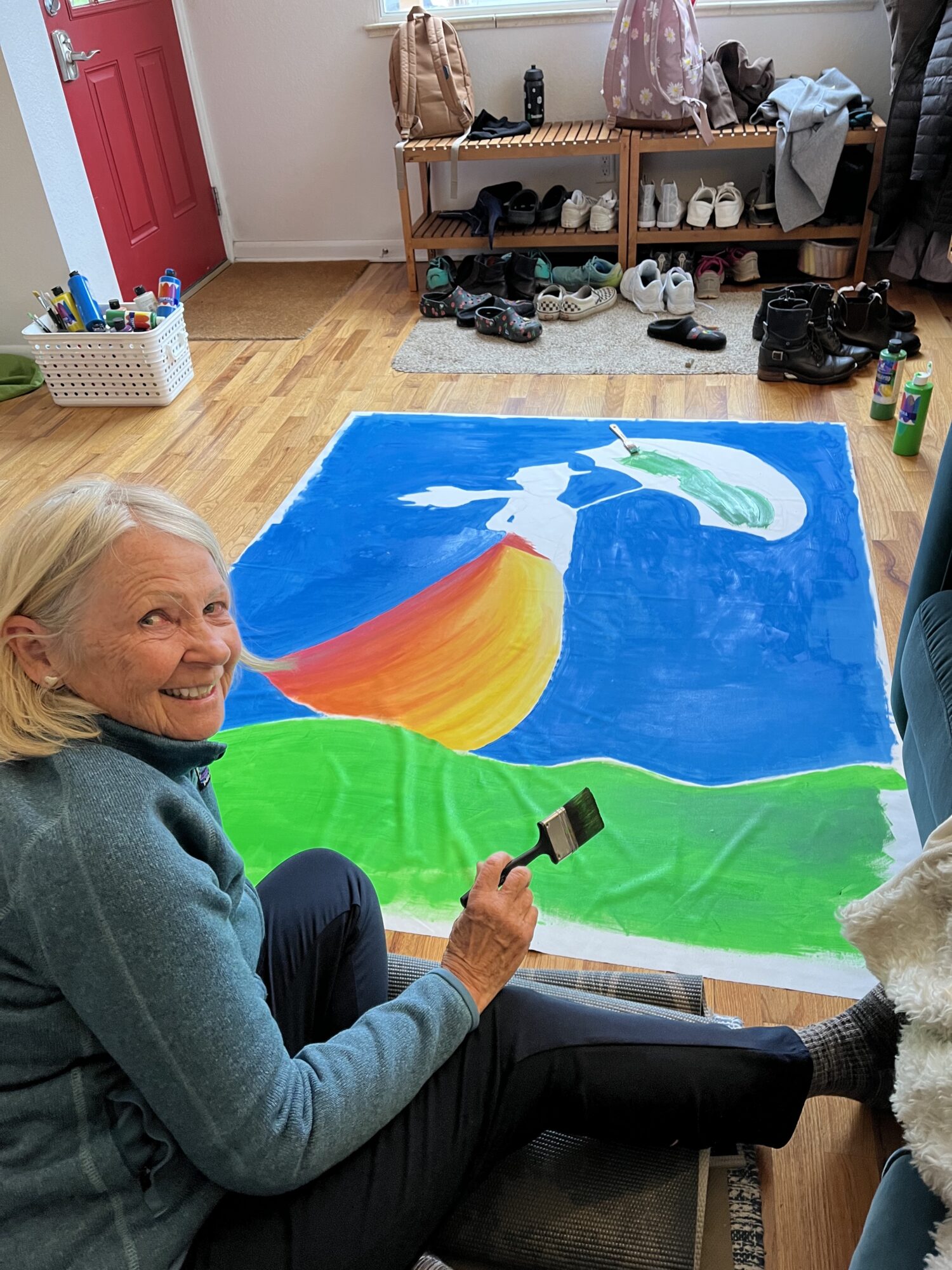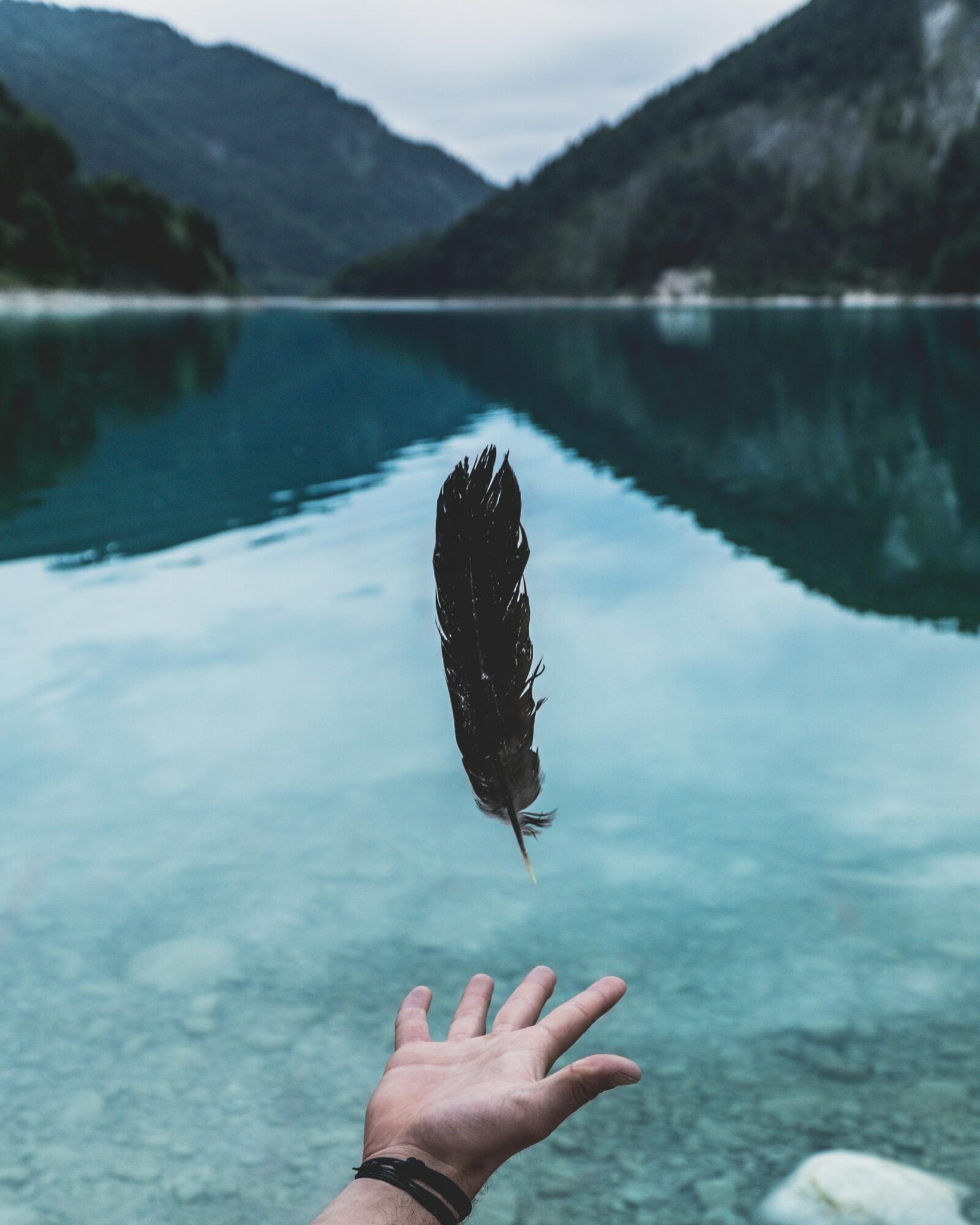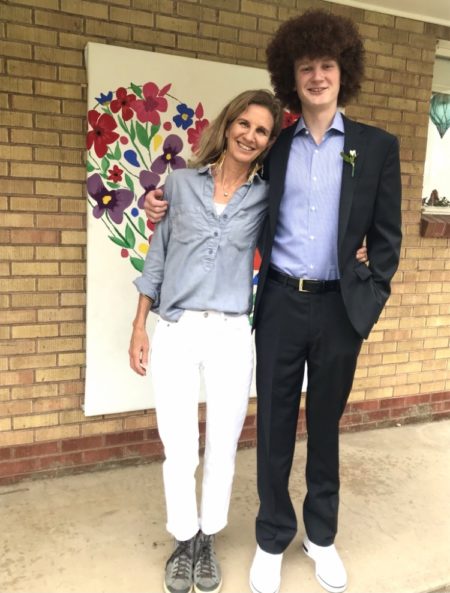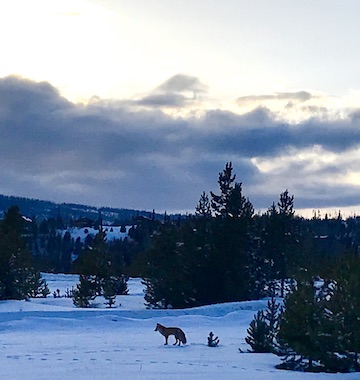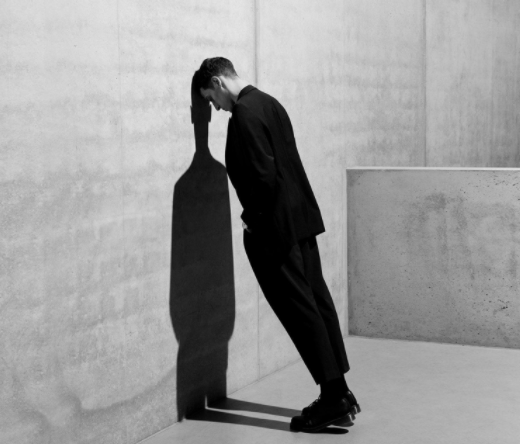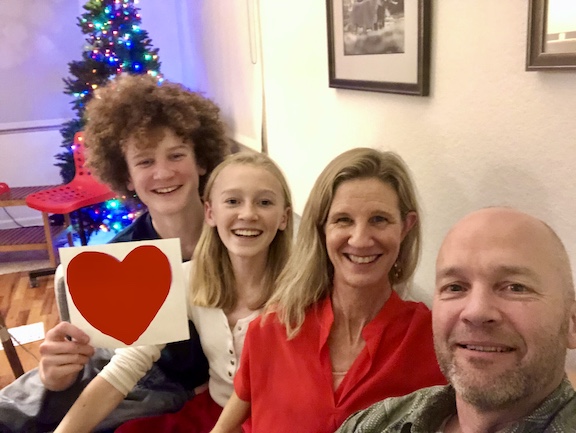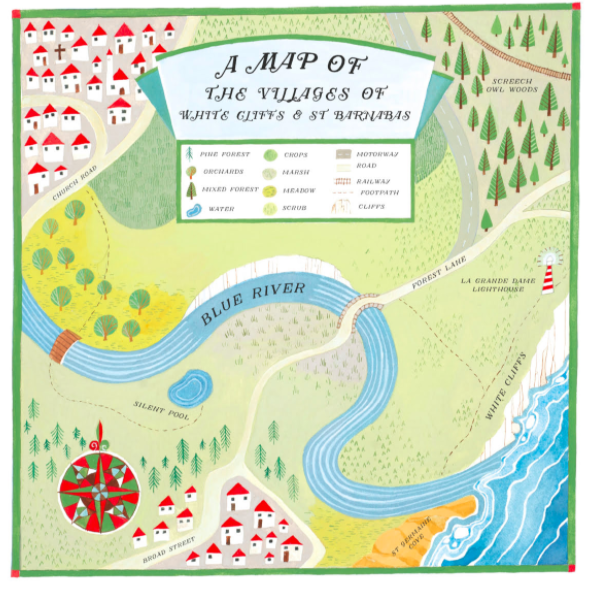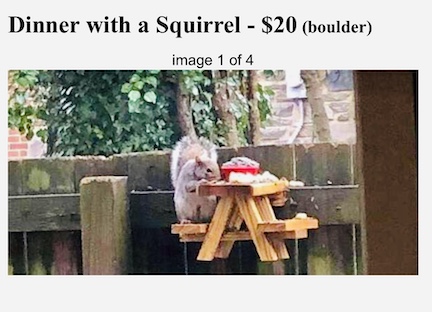In ten days, I’m running the COLDER Bolder. Yes! I’m running again! Repeat the Sounding Joy! It’s been six years since I last ran. It feels amazing to run my favorite trails again, with dogs and friends, letting the dog off the leash, and letting my soul off leash, too.
My goal is to complete the 5K “race” on December 10th to raise funds for Chordoma Cancer research, for a BIG, new, important research project. (see below)
The road back to running has been tough and surprising. I learned a lesson that might help you with whatever pain or fears you are carrying right now. It is a lesson that writer Sarah Polley applied to overcome a debilitating concussion and past traumas in order to write her incredible collection of essays, Run Towards the Danger.
I laced up my running shoes as soon as X-rays showed that my neck, with all of its hardware, was stable and solid. I was thrilled to feel the wind in my hair again. I felt elated and vital.
But the minute I felt nerve pain in my neck and spine, I stopped. I lay in bed, awake at night, my mind lit up like a car dashboard with several “check engine” lights on. I was terrified that the pain I was feeling was not caused by muscle inflammation, but tumor growth. I was convinced that I was experiencing symptoms of tumor activity, not regular exercise ache on muscles that had not been in use in six years.
In the morning, I called my friend Lisa who is a phenomenal Physical Therapist. She examined me and emphasized all the important points about talking to my doctor and getting MRI scans. But she also knew I had clean scans two months before. She looked at me and said, “Your brain hasn’t learned that the threat you experienced six years ago is no longer a significant threat. Your tolerance for pain has dropped considerably. You need to increase your pain tolerance to re-train your brain, so that it doesn’t alarm every time you have minor pain.”
I need to increase my pain tolerance? That floored me. I proudly imagined myself as someone with a high pain tolerance. I didn’t realize that time, age, and a little pandemic can mess with our greatest superpowers.
My nervous system post-surgeries and post-pandemic is hypervigilant and overprotective. It’s like a helicopter parent who doesn’t know when to back off. It alarms when I do anything scary. Like run. Or socialize in big groups. Or write this blog. It wants to protect me from harm, but it’s narrowing my life.
“The fear of pain is likely worse than the pain itself.”–Dr. Adriaan Louw, PT, PhD
The good news is that we can raise our tolerance for discomfort. We need to re-train the brain to alarm only when necessary, giving us more space to move, breathe, write, run, and live!
Of course I know that I have to be careful. I am living with a chronic, terminal condition. But the side effect of being too careful is that I don’t live fully. Instead of backing off my running, I’ve kept going, while also getting scans every three months to make sure there is not a damaging physical threat. The key to success in growing my tolerance for pain is gradual exposure. I run 5k now, not 50k. And I started with 0.5k.
I also have a mindfulness routine each morning that is more like a coffee chat with my brain. I remind it of my clean scans. And I listen to all its fears, paranoias, and worst case scenarios. I feel each one in my body. Then I gently ask my brain to picture a calm, happy moment. It’s like an 11-minute pep rally for peace to begin my day.
As snow falls softly outside, I wonder, Are all of our nervous systems hypervigilant now? What do we need to do to be defiant and retrain our brains to stop alarming all the time?
How can we gradually increase our exposure to what scares us or has hurt us in the past, so that we don’t narrow our lives, but rather imagine that we have “grow(n) thin to a starting point” as Mary Oliver says?
And begin again to be brave.
Love,
Susie
P.S) I am running in the COLDER Boulder 5K on December 10th to raise funds for The Chordoma Foundation and a vitally important new research project that could open the door to brand new treatment options for me and others like me! My goal is to raise $2022 in 10 days. Can you pitch in $20 today? Canadians can make a tax-advantaged gift to this project here; U.S. individuals can do so here.
The work will be led by renowned researchers in my hometown of Toronto, Dr. Gelareh Zadeh, a neurosurgeon-scientist who has deep expertise in chordoma and Dr. Thomas Kislinger, a leading expert in cancer proteomics. Their goal is to discover proteins on the surface of chordoma cells that could serve as targets for emerging treatments — like systemic therapies that selectively target tumor cells, and various types of immunotherapy. Once they identify these markers, they can test if drugs developed for breast cancer, for example, could help chordoma patients, too. This would be a HUGE win!!
Thank you for considering pitching in to make this possible. If you have questions about this project or your contribution to it, reach out to Kenny ([email protected]) at the Chordoma Foundation.

